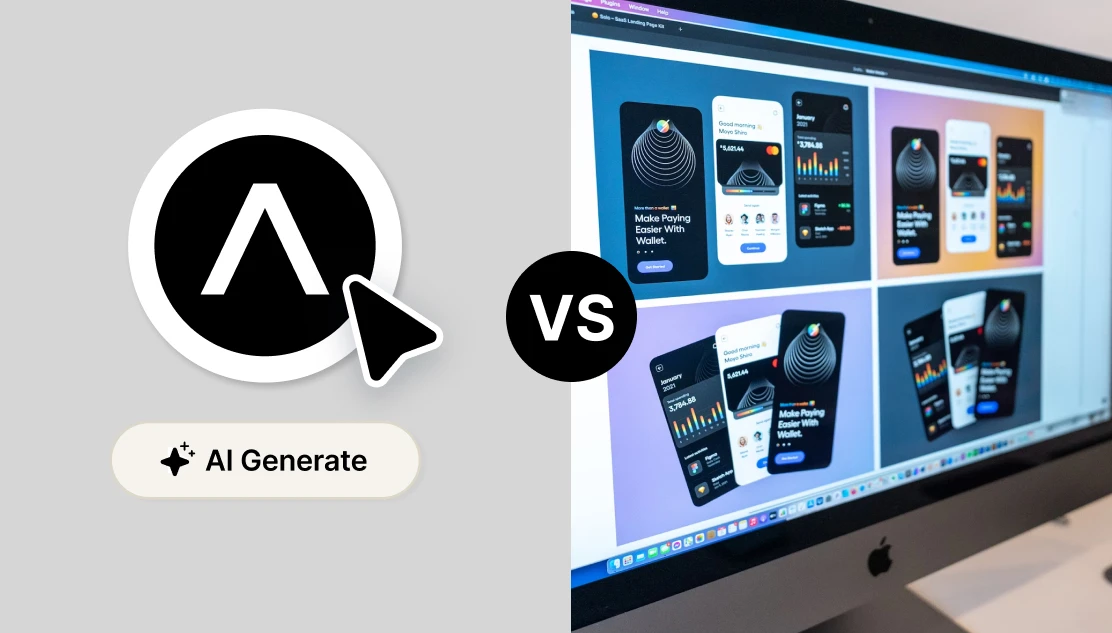The design world is in the middle of a revolution. For decades, creativity relied on traditional processes: brainstorming sessions, sketches, and countless iterations handled manually by talented designers.
What we mean by “Traditional Design” vs “AI Design”
- Traditional design: A human-led process where designers create from scratch using tools like Photoshop, Illustrator, or Figma. It emphasizes craftsmanship, originality, and cultural context.
- AI design: Creativity powered or accelerated by machine learning models. With tools like AI Image Generation in Artificial Studio, you can generate concepts instantly from text prompts, expand images, or even try different logo mockups in minutes. Both are forms of creativity—one depends on time, experience, and skill, while the other leans on data, algorithms, and automation.
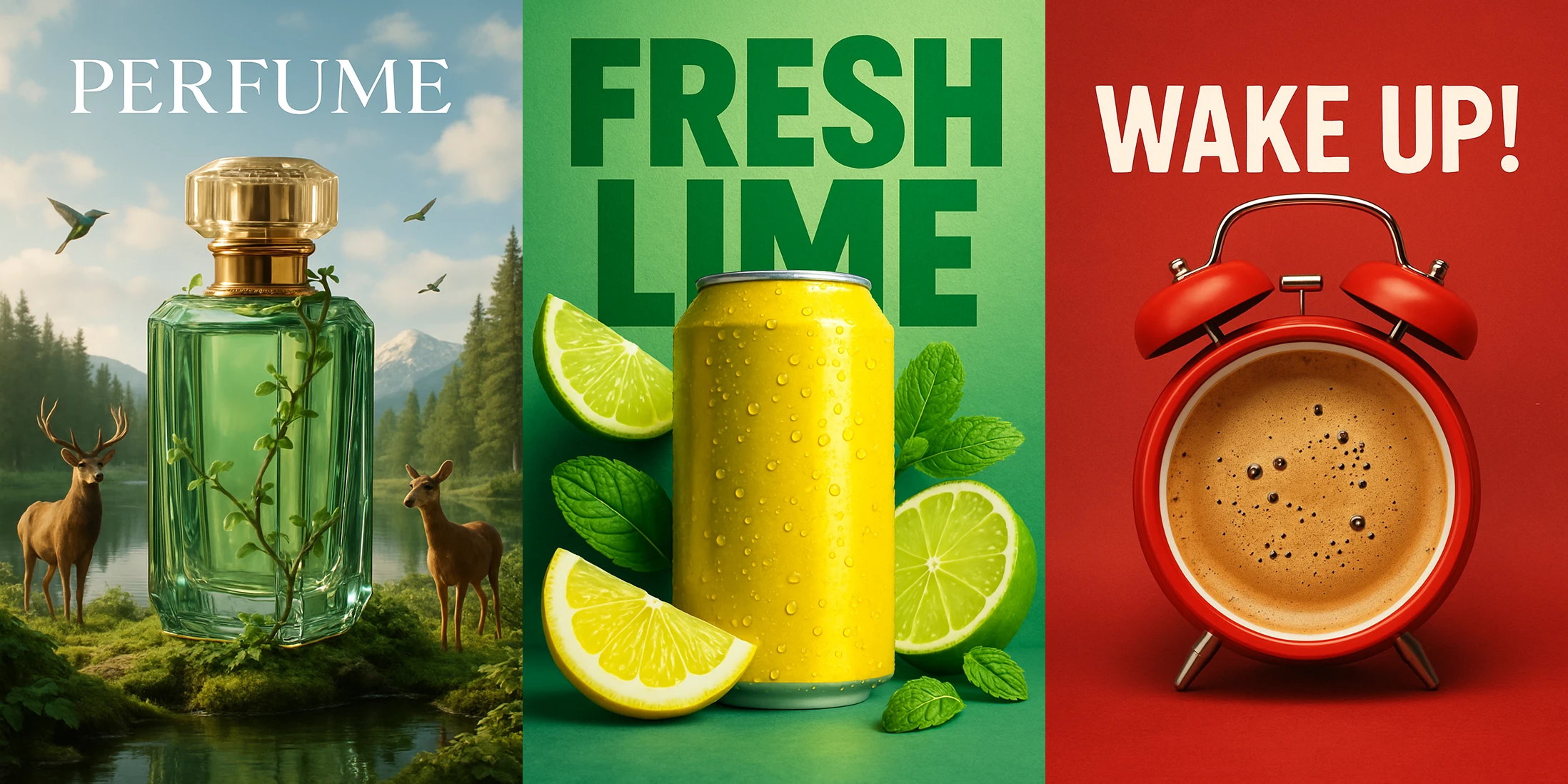
Strengths of Traditional Design
-
- Emotional depth: Human designers capture subtle cultural and emotional nuances.
-
- Unique craftsmanship: No two designers think alike, which leads to originality.
-
- Brand storytelling: Traditional design excels at weaving visual identity into a narrative.
Think of a handcrafted logo or a custom illustration for luxury packaging: here, human intuition and style often shine brightest.
Strengths of AI Design
-
- Speed & efficiency – Agencies save hours by generating variations instantly. For example, marketing teams use Logo Mockup Generator to preview branding across dozens of products without manual editing.
-
- Exploration of ideas – AI can output hundreds of concepts, sparking inspiration for new directions.
-
- Cost-effectiveness – Especially useful for startups or agencies managing multiple campaigns.
-
- Scalability – Content-hungry industries (ads, social media, posters) benefit from fast generation at volume.
Agencies working with Artificial Studio report saving not just time, but also thousands in production costs by using AI to prepare ad creatives, social media posts, and event posters.
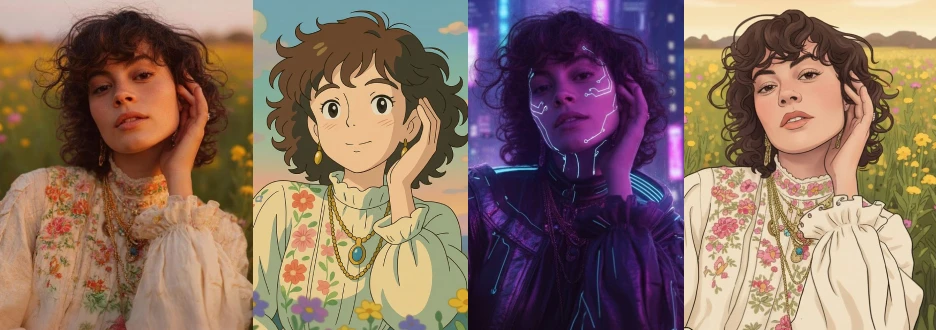
Limitations to keep in mind
- Traditional design: Can be slower and more expensive, especially when many iterations are needed.
- AI design: Without the right creative direction, outputs can feel generic. It requires strong prompts and human refinement. This is important!
What some clients do is Train a character, object, or visual style so they can then replicate it endlessly with AI, creating a style that stands out from the rest.
When to use AI, when to use traditional design
- Use AI design when you need speed, multiple iterations, or cost savings—like ads, thumbnails, or large-scale social media campaigns.
- Use traditional design when emotional nuance, artistry, or a strong cultural touch is essential—like high-end branding, luxury packaging, or editorial layouts.
- Best of both worlds: Combine them. Many agencies generate first drafts with AI (logos, posters, or social content) and then refine them with human designers. Some even go further, training AI models on their own brand character to create consistent virtual influencers for campaigns.
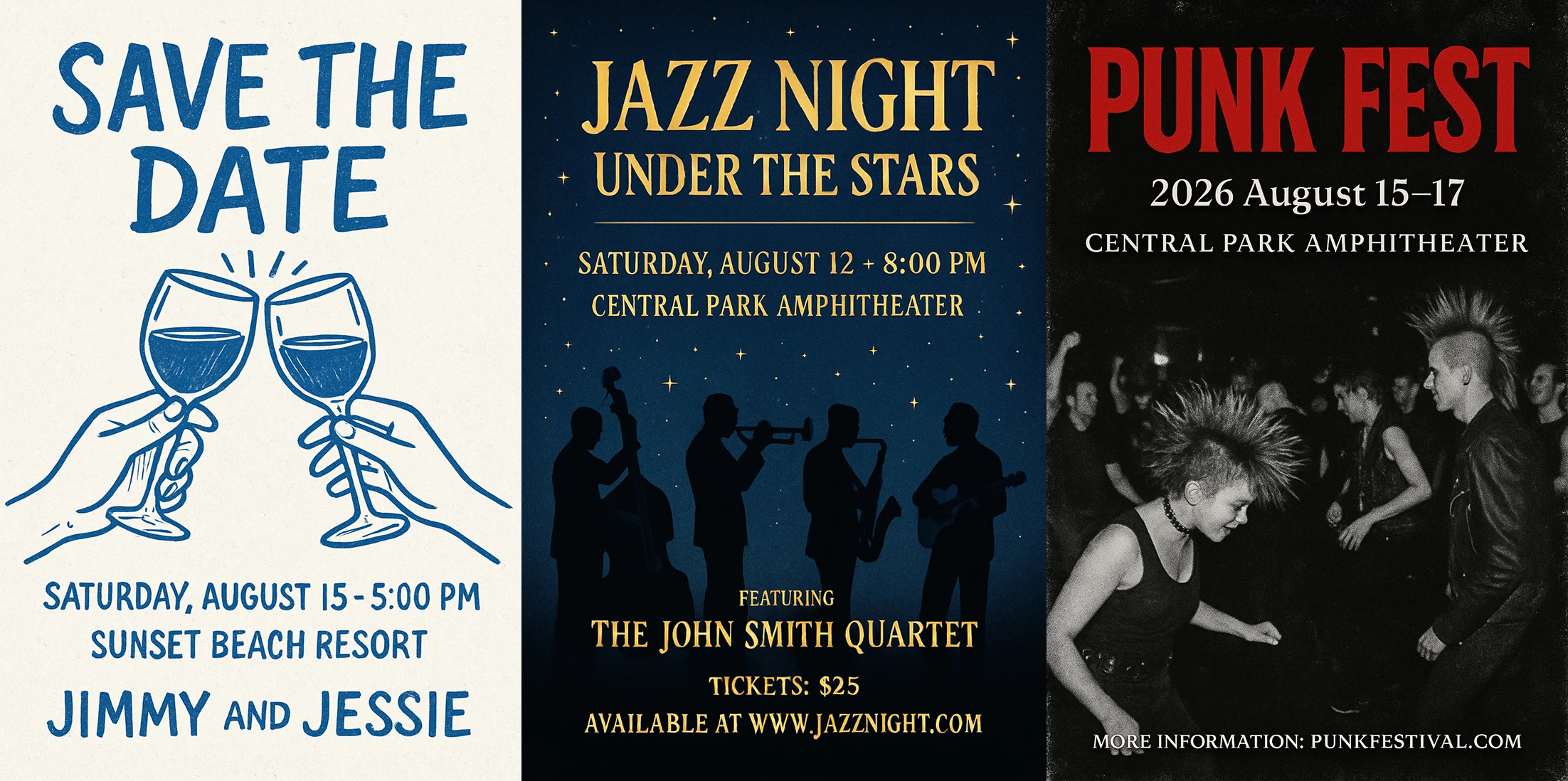
Competition in the AI design space
AI creativity platforms are growing fast. Runway is known for video generation, Krea focuses on real-time image exploration, and BasedLabs offers experimental visual tools. What makes Artificial Studio stand out is its all-in-one workflow: from generating images and videos to editing, animating, and designing logos or packaging, all in a single platform. Agencies don’t need to jump between tools.
The future of creativity: collaboration, not competition
The real future of design isn’t AI versus humans—it’s AI with humans. AI provides speed, exploration, and scalability. Humans bring vision, emotion, and storytelling. Together, they unlock creativity at a scale that neither could achieve alone.
At Artificial Studio, we see this every day: agencies using AI tools to speed up brainstorming, generate assets for social campaigns, and then polish the outputs with human creativity. It’s not about replacing designers, but empowering them to do more.
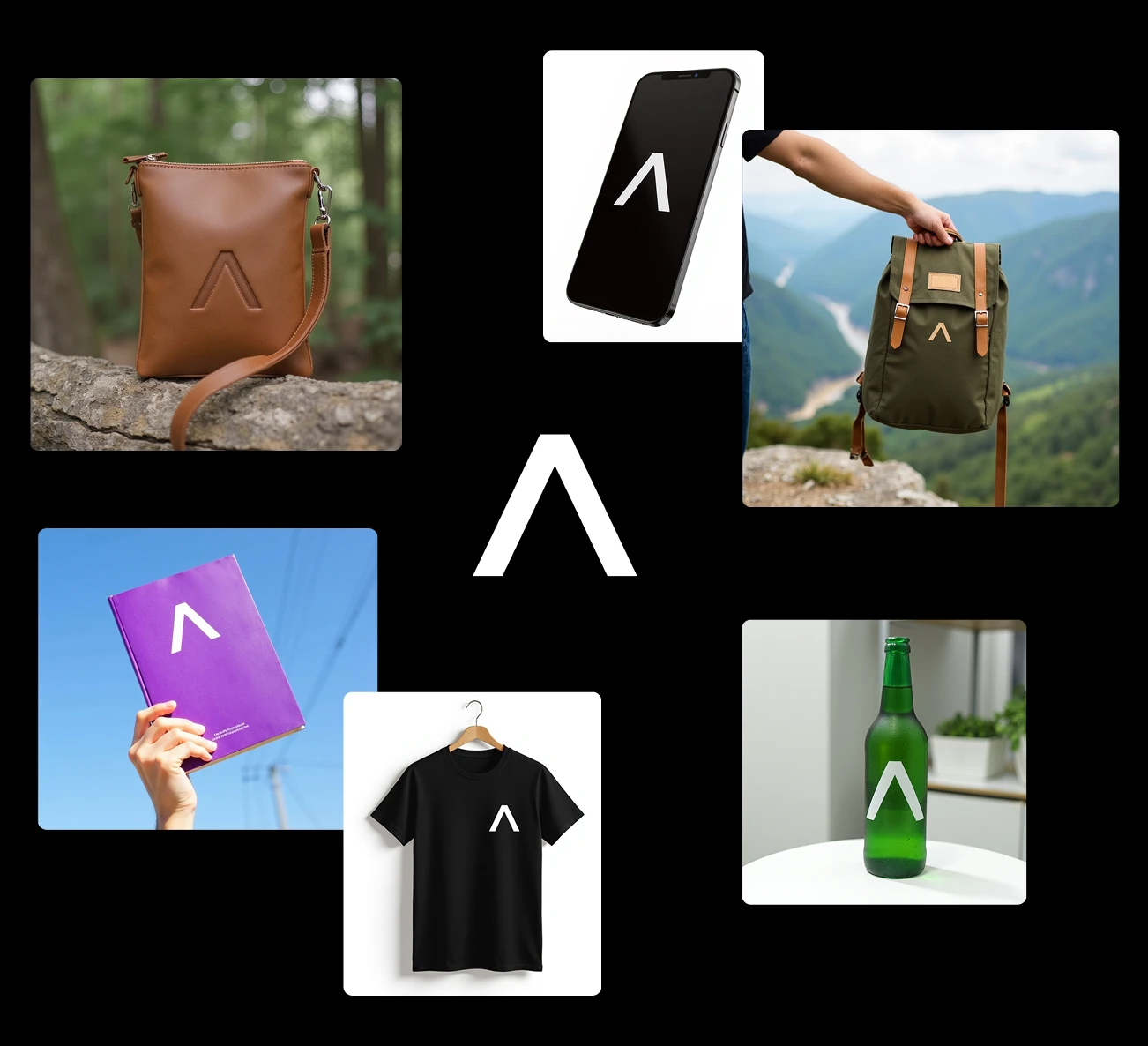
So, which is better for creativity—AI design or traditional design? The truth is, each has its place. AI accelerates and inspires, while traditional design refines and humanizes. The most powerful results come when both approaches are combined.
Find this and 50 other AI tools for agencies and creators who move fast in Artificial Studio. Create video, image, branding & marketing content. These AI tools are designed to complement, not replace, the designer’s role.
Creativity isn’t about the tool itself. It’s about how we use it.
Related reading:

